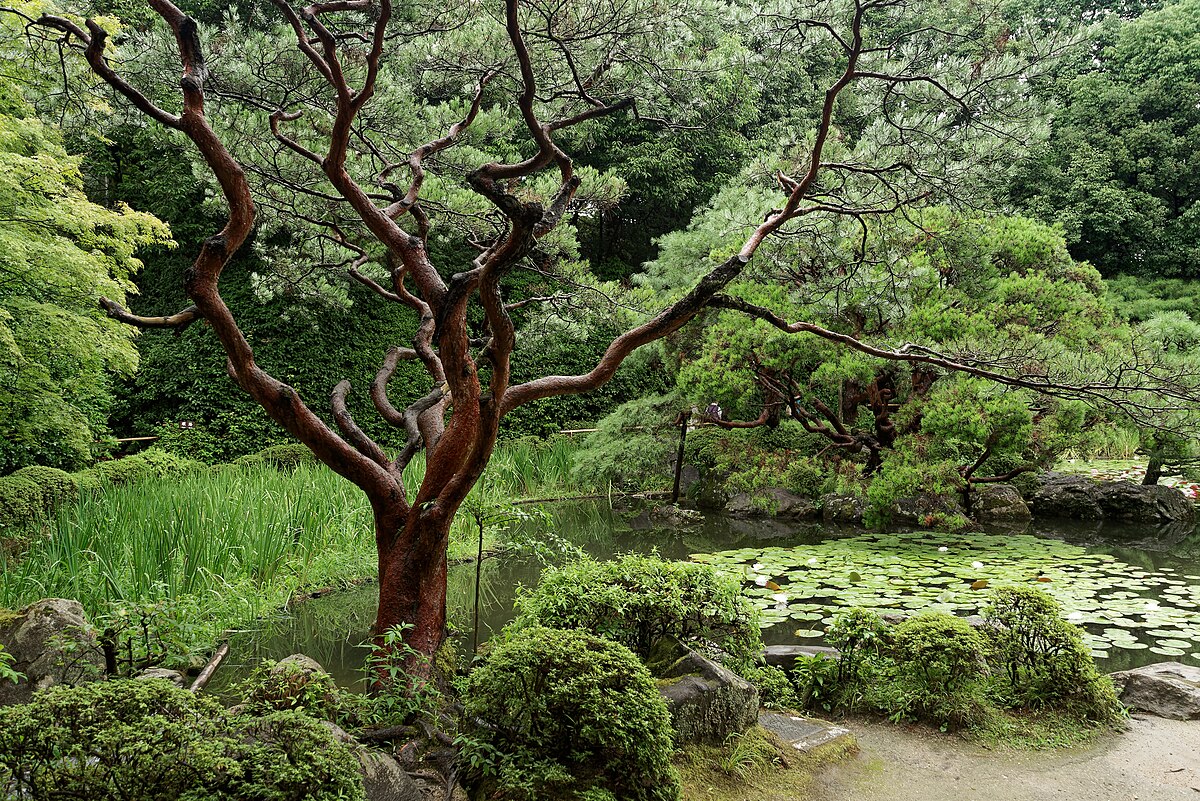Heian Shrine (Sakyo Ward, Kyoto City, Kyoto Prefecture)
Overview (history, characteristics, attractions)
Heian Shrine was founded in 1895 (Meiji 28) to commemorate the 1,100th anniversary of Kyoto becoming the capital of Japan in 794 (Enryaku 13). The main hall and the large vermilion-lacquered shrine building, reminiscent of the Otenmon Gate, are replicas of the Chodoin and imperial court architecture of the Heian period, and are one of Kyoto's iconic landscapes. The Shinen garden, which spreads across the grounds, is a strolling Japanese garden with a pond, where you can enjoy the changing scenery with the seasons, from cherry blossoms and fresh greenery to autumn leaves and winter scenery. The shrine is attractive for its architectural beauty, such as the large torii gate and vermilion-lacquered tower gate, as well as the flowers and trees of each season, and traditional events such as the Jidai Matsuri (Festival of the Ages).
Highlights
- Large torii gate and vermilion-lacquered shrine buildingThe large-scale building, unified in vermilion, is photogenic and has a splendor reminiscent of the Heian capital.
- Shinen (Garden): A strolling garden with a pond, bridges, teahouses, and more. It is a particularly beautiful spot for the cherry blossoms in spring, the flowers in early summer, and the autumn leaves. There is a fee, but it is worth a leisurely stroll.
- Jidai Matsuri (October 22nd every year): One of Kyoto's most famous festivals, a spectacular historical procession starts and ends at Heian Shrine (viewing can be quite crowded).
- Wedding and commemorative photo shoot: Many people visit for weddings and pre-wedding photo shoots in traditional Japanese clothing, and you can see traditional scenery and people.
- Surrounding cultural facilities: There are many art museums and parks in the vicinity, making it convenient to combine your visit with a cultural stroll.
Access (nearest station, transportation, etc.)
- Nearest station (walking distance): About 10 minutes on foot from Higashiyama Station on the Kyoto Municipal Subway Tozai Line. About 15 minutes on foot from Sanjo and Jingu-Marutamachi Station on the Keihan Railway (this may vary depending on the route).
- From Kyoto Station: Take the subway and walk, or take a Kyoto City Bus and get off at the Okazaki Park/Heian Jingu-mae bus stop. The travel time varies depending on the mode of transportation and the time of day, but you should expect it to take approximately 20 to 40 minutes.
- By car: As the surrounding area is a tourist destination, roads tend to be congested and parking spaces are limited. We recommend using public transportation. There may be boarding and disembarking areas and parking spaces for large tourist buses, but it is best to check in advance.
- Bicycle/walking: The Okazaki area is home to many of Kyoto's tourist attractions, so you can combine it with sightseeing in the surrounding area (art museums, parks, etc.) by bicycle or on foot.
- Note: Please check the official website or transportation company information before visiting for the latest route and operation information, bus numbers, times, and parking information.
Estimated stay (estimated time required)
- Visiting the shrine only: Approximately 20 to 30 minutes
- Walking around the Shinen (garden): 1 to 1.5 hours
- If you plan to take your time and visit the surrounding museums and parks: Half a day to a full day
Nearby spots
- Okazaki Park (a large park area around Heian Shrine)
- Kyoto City Kyocera Museum of Art / Kyoto Municipal Museum of Art (Names may change due to renovations, etc.; please check exhibition information)
- ROHM Theatre Kyoto (concert and performance facility)
- Nanzenji Temple and Lake Biwa Canal (arrival on foot or in a short journey)
- Philosopher's Path (accessible by foot or bus, popular for seasonal walks)
Things to be aware of (crowds, manners, seasonal precautions, etc.)
- Busy period: It gets very crowded during cherry blossom season (March to April), autumn foliage season (mid to late November), Jidai Matsuri (October 22nd), and New Year's visits to the shrine. If you want to avoid the crowds, it's best to go early in the morning or on a weekday.
- Worship etiquettePlease observe the usual shrine etiquette, such as avoiding the center when passing through the torii gate, purifying yourself at the temizuya (purification fountain), bowing twice, clapping twice, and bowing once at the worship hall. Be aware of areas where photography is prohibited and restrictions on access during events.
- The shrine garden has a fee and opening and closing times: There is an admission fee to enter the Shinen (garden), and opening and closing times may change depending on the season. Please check the fees and opening times on the official website before entering.
- Clothes/preparation: Wear comfortable shoes when walking in the garden. In rainy weather, the ground can be slippery and muddy. Be sure to take precautions against the heat in summer and the cold in winter.
- Business information for nearby facilities: It is a good idea to check in advance the closing days of museums and facilities, the level of congestion at special exhibitions, and road restrictions (during festivals, etc.).
- Garbage, noise, and drones: The temple grounds are sacred places. Please take your trash with you, visit quietly, and in most cases, the use of drones and other devices is prohibited.
Finally, Heian Shrine is a place where architectural beauty and nature blend in harmony, making it a relaxing spot to enjoy history and seasonal scenery while sightseeing in Kyoto. It's a good idea to check the latest information (opening hours, fees, and events) on the official website before visiting.


